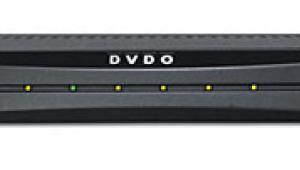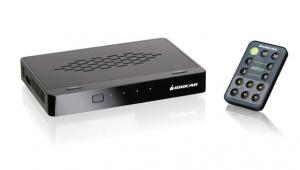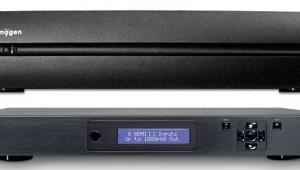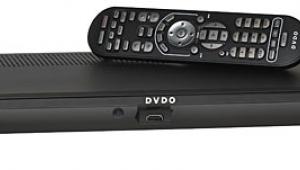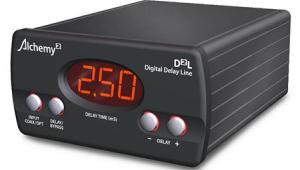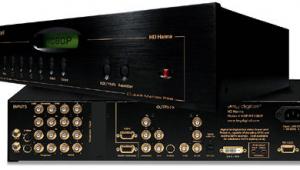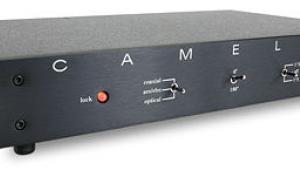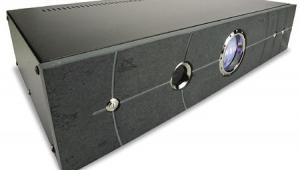DVDO Edge Video Processor Comparisons & Conclusion
Virtually all AVRs sold today include some type of video processing, but in virtually every one I've tested, it is quite limited. Some perform well in their deinterlacing duties but fail to output the native aspect ratio of the source signal. Some send the improper color space, while others commit the ultimate sin—they clip above-white and below-black from the video signal. In this regard, the Edge can't be beat. It offers flawless deinterlacing and very good scaling.
A tougher comparison is between the processing offered by the Edge and the processing available in your display. In my particular case, the JVC RS-HD1 includes a Gennum processor, which is very good at both deinterlacing and scaling, with the exception of 480i material over HDMI. So the quality of the processing in your display will determine the degree of benefit provided by the Edge.
The Edge isn't marketed as the ultimate video processor, but it doesn't cut many corners compared to Anchor Bay's flagship VP50 Pro. It functions as a full-scale audio/video hub with ample HDMI inputs and offers flagship video scaling and deinterlacing performance at a fraction of the price.
If the majority of your viewing is standard-definition material, the benefits of the Edge are easier to quantify and may be a substantial improvement over the processing in your display. But if you watch mostly HD material from cable/satellite and Blu-ray, the benefits of the Edge may or may not be outweighed by the quality of the display's processor. In any event, if you want to squeeze every last bit of performance out of your video signal for as little money as possible, the Edge is the video processor for you.
Highs
Easy to setup
Excellent deinterlacing and scaling
First-class universal remote
Outstanding value
Lows
Minor audio glitches
Minimal improvement on some displays
